Women in coastal regions need better social security
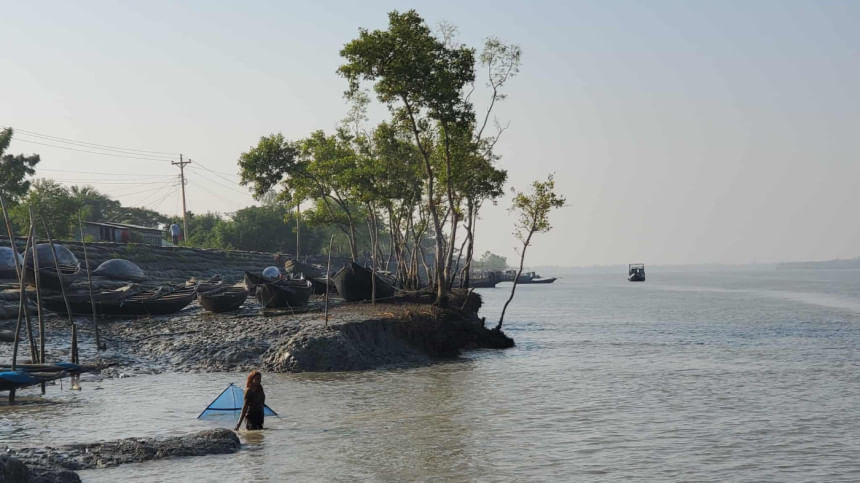
Bangladesh is recognised as one of the countries vulnerable to climate change, ranking seventh globally in the 2021 Global Climate Risk Index published by Germanwatch. Between May and August in 2024, the country experienced four major natural disasters, including Cyclone Remal and widespread flash floods in south-eastern regions. The southwest coastal districts are often at the epicentre of this crisis.
In areas like Shyamnagar, Gabura, and Burigoalini in Satkhira, evidence shows a growing pattern of forced displacement, destruction of agricultural livelihoods, and the feminisation of climate vulnerability. Studies show that salinity intrusion and decline in crop production in several upazilas of Satkhira disproportionately affect women, who are often responsible for subsistence farming, collecting water, and managing household food security.
A study titled "Menstrual hygiene management in flood-affected Bangladesh: Addressing socio-cultural barriers, infrastructure gaps, and policy responses," published in the Frontiers in Public Health journal this year, shows how women face challenges in managing menstrual hygiene during floods in districts like Noakhali, Feni, Barishal, Khulna, and Satkhira. The study identifies multiple barriers, including a lack of access to sanitary products, inadequate sanitation infrastructure in shelters, and deeply rooted cultural stigmas around menstruation. It highlights how women are forced to use unhygienic materials like cloth, leaves or even newspapers, risking infections and health complications. Emotional distress due to a lack of privacy and social stigma further exacerbates their suffering. However, menstrual challenges are just the tip of the iceberg; women are among the most vulnerable groups during and after natural disasters.
Because of these ground realities, it is urgent to transition from conventional poverty-targeted programmes to adaptive social protection (ASP), a framework that integrates social safety nets with disaster preparedness and climate resilience.
Bangladesh has made notable progress in building a social protection system that supports vulnerable populations. Since the launch of the National Social Protection Strategy in 2015, the government has implemented various programmes, including the Maternity Allowance Programme for the Poor, Allowances for the Financially Insolvent Disabled, Allowances for the Widowed, Deserted and Destitute Women, and Old Age Allowance. Emergency response efforts like Vulnerable Group Feeding (VGF) and Food for Work have helped during crises. The use of digital platforms and mobile payment systems has also improved service delivery.
However, these systems often fail to reach climate-affected women in coastal regions. Many of them are excluded from official lists because they lack formal documents or fixed addresses. They often lose everything to river erosion or storm surges, and thus remain invisible to the system. This is where ASP becomes critical, because it not only addresses poverty but also build resilience to environmental shocks. In countries like Ethiopia and the Philippines, this model has already shown results by helping vulnerable communities prepare for and recover from climate stress.
For Bangladesh, especially in places like coastal Satkhira, ASP must be tailored to the unique needs of women. This means making a few essential changes.
First, the criteria for selecting beneficiaries must include climate vulnerability. Women who are displaced, landless, or living in disaster-prone areas should be prioritised, even if they do not meet traditional income-based qualifications. Second, cash transfers should be sent directly to women's mobile accounts. Many women already use mobile financial services. This approach ensures fast, safe and dignified delivery of aid during emergencies.
Third, skills training should move beyond stereotypical jobs like sewing or poultry farming. Instead, training should focus on areas such as climate-resilient agriculture, healthcare, information technology, and construction. Mobile learning units or local community centres can help make these trainings accessible to women in remote areas. Fourth, women must have a voice in community-level planning. Early warning systems, disaster response teams, and local adaptation plans should include women not as beneficiaries but as decision-makers.
Fifth, menstrual hygiene and maternal health support should be embedded into disaster preparedness. During floods and cyclones, women's basic needs are often overlooked. Providing hygiene kits, private spaces, and trained female volunteers can significantly improve health outcomes.
The good news is that Bangladesh already has the building blocks. The use of digital cash transfers during recent disasters shows that rapid and targeted support is possible. Now the focus must shift to inclusion, accessibility, and gender sensitivity.
Adaptive social protection is not about temporary relief. It is about long-term dignity. It ensures that the next disaster does not wipe out years of progress or push the same families back into crisis. In a district like Satkhira, where the land is sinking and the storms are growing stronger, women are already holding communities together. They deserve systems that hold them up in return. Strengthening adaptive social protection for women in coastal regions is not only a development priority, but a national responsibility and a matter of justice.
Md Al-Mamun is research associate at BRAC Institute of Governance and Development (BIGD), BRAC University.
Views expressed in this article are the author's own.
Follow The Daily Star Opinion on Facebook for the latest opinions, commentaries and analyses by experts and professionals. To contribute your article or letter to The Daily Star Opinion, see our guidelines for submission.

 For all latest news, follow The Daily Star's Google News channel.
For all latest news, follow The Daily Star's Google News channel. 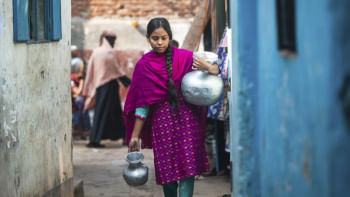




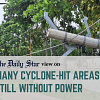


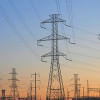

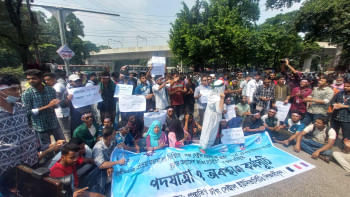
Comments